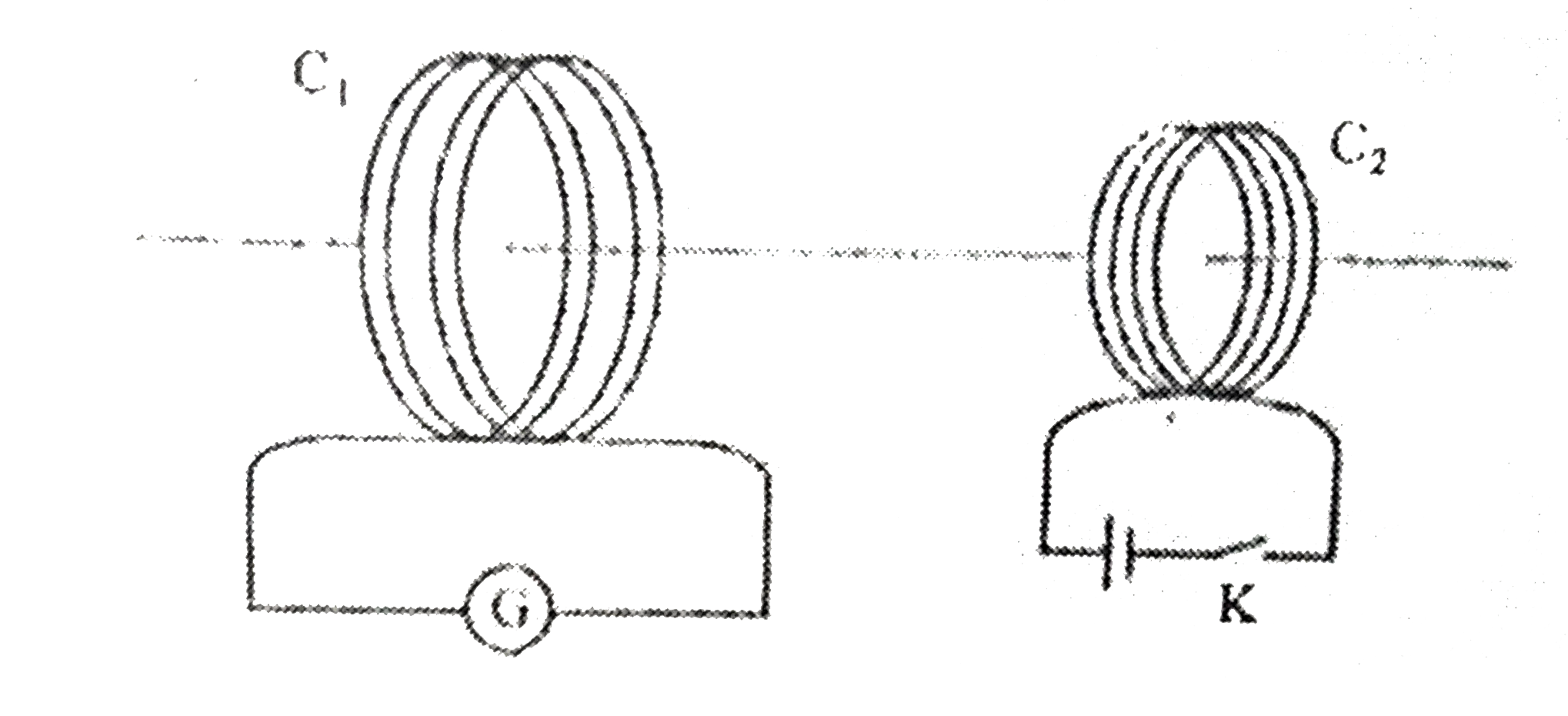What are 'flocs', formed during secondary treatment of sewage ?
OR
Write any two places where methanogens can be found.
Step-by-Step Solution
1. Understanding Sewage Treatment: The sewage treatment process consists of two main stages: primary treatment and secondary treatment.
2. Primary Treatment: In the primary treatment stage, large solid particles and suspended materials in the sewage are removed. This step primarily focuses on separating the solid waste from the liquid effluent.
3. Secondary Treatment: After primary treatment, the sewage moves to the secondary treatment stage, which is a biological treatment process.
4. Aeration Tanks: During secondary treatment, the sewage is placed in aeration tanks where air is pumped in. This aeration process encourages the growth of microorganisms that are essential for breaking down organic matter.
5. Formation of Flocs: As the microorganisms (mainly bacteria) proliferate in the aerated tanks, they aggregate and form clumps known as 'flocs'.
6. Composition of Flocs: Flocs are composed of masses of bacteria that are associated with fungal filaments. This association creates a mesh-like structure, which is crucial for the effective treatment of sewage.
7. Role of Flocs: The flocs help in the sedimentation process, allowing for the removal of the treated sewage from the tank, as they settle down due to their weight.
Final Answer
Flocs are aggregates of bacteria associated with fungal filaments that form a mesh-like structure during the secondary treatment of sewage. They play a vital role in the biological treatment process by facilitating the breakdown of organic matter.
---
Flocs are aggregates of bacteria associated with fungal filaments that form a mesh-like structure during the secondary treatment of sewage. They play a vital role in the biological treatment process by facilitating the breakdown of organic matter.
Topper's Solved these Questions
- BOOK - XII BOARD PREVIOUS YEAR PAPER ENGLISHCHAPTER - XII BOARDSEXERCISE - SECTION-B81videos
XII BOARDS
- BOOK - XII BOARD PREVIOUS YEAR PAPER ENGLISHCHAPTER - XII BOARDSEXERCISE - SECTION-C86videos
XII BOARDS
- BOOK - XII BOARD PREVIOUS YEAR PAPER ENGLISHCHAPTER - XII BOARDSEXERCISE - Delhi Board : Set III section -D2videos
XII BOARDS
- BOOK - XII BOARD PREVIOUS YEAR PAPER ENGLISHCHAPTER - SAMPLE PAPER 2019EXERCISE - Section E Part B3videos
SAMPLE PAPER 2019
Similar Questions
Knowledge Check
- Question 1 - Select One
Study the given differences between primary sludge and activated sludge and select the incorrect ones. Primary Sludge Activated sludge (i) It is sludge formed during primary sewage treatment. It is sludge formed during secondary sewage treatment. (ii) It possesses flocs of decomposer microbes. It does not possess flocs of decomposer microbes. (iii) It does not require aeration. Formation of activated sludge requires aeration. (iv) A lot of decomposition occurs during formation of primary sludge. Very little decomposition occurs during formation of activated sludge.
A(i) and (ii)B(ii) and (iv)C(i),(ii) and (iv)D(ii) and (iii)
During sewage treatment, methanogens are used in
View SolutionWhat are the two forms of oxygen found in the atmosphere?
View SolutionWrite any two types of organism which can act as pathogens
View SolutionWhat is inbreeding depression and how is it caused in organisms ? Write any two advantages of inbreeding.
View SolutionA current is induced in coil C1 due to the motion of current carrying coil C2.
(a) Write any two ways by which a large deflection can be obtained in the galvanometer G. (b) Suggest an altermative device to demonstrate the induced current in place of galcanometer.
 View Solution
View SolutionWhat is the key difference between primary and secondary sewage treatment?
View SolutionWhat is the key difference between primary and secondary sewage treatment?
View Solution

